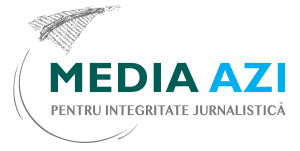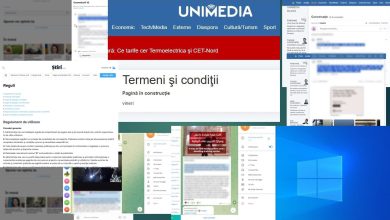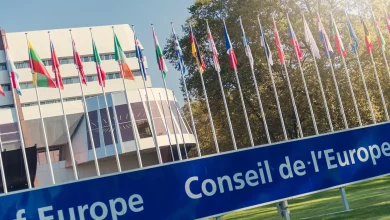Internews study // Local media, more transparent in terms of ultimate beneficiaries, but with big problems regarding the transparency of funding sources

In the case of local media outlets, transparency of ownership is not as significant a problem as in the case of national ones. For the most active local newsrooms, founders, administrators or ultimate beneficiaries can be identified. In most cases, the founders also act as administrators, therefore, they are also the ultimate beneficiaries. On the other hand, the accuracy of the data on the sources of funding of the local press could not be verified, according to the national study of local media mapping in Moldova.
According to the Internews study, some local media outlets continue to be managed and/or administered by district councils and/or representatives of local public administrations. They include one outlet in the northern region, one in the southern region and four in Gagauzia and Taraclia. In addition, Gagauziya Radio Televizionu is the regional public company founded by the People’s Assembly of Gagauzia and operates according to the provisions of the Code of Audiovisual Media Services (CAMS) and local regulations.
The Internews map reveals that seven companies manage two different local media outlets each.
Sources of funding
Data on the sources of funding of local media outlets were the most difficult to collect, according to the authors of the study, especially since the credibility of information on funding is subjective, given that these data were mostly collected from discussions with media managers and could not be verified from other sources.
Five of the identified 68 local media outlets mentioned that they have no operating budgets or sources of funding and that their activities are carried out on a voluntary basis, while in the case of ten other outlets the sources of funding could not be identified or were not disclosed by the interviewed managers.
Most media outlets said they had multiple sources of funding. Nearly half of active media outlets (30) said they had at least two sources of funding, while 22 of these said they had three or more sources of funding.
Three of the main sources of funding for local media are grants, advertising and subscriptions and/or retail sales. Even though advertising revenue is mentioned by most media outlets (44), it covers less than 10% of their total budget. On the other hand, grants serve as the main source of funding for 20 of the local media outlets and, according to several managers interviewed, it is the source of funding without which they would not be able to exist or function.
Among other sources of funding mentioned by media managers are the provision of services, mainly video and photo, mentioned by 21 outlets; loans/credits (2 outlets); investments by the founder (1); funds from the district council and/or the city hall (6); donations (3); funds allocated from the local budget.
According to the authors’ recommendations, reliance on a single source of funding, whatever it may be, is an unsustainable practice in the long run. Media managers are advised to start looking at media outlets as businesses, which involves experimenting and implementing new business models and will help diversify their sources of funding.




